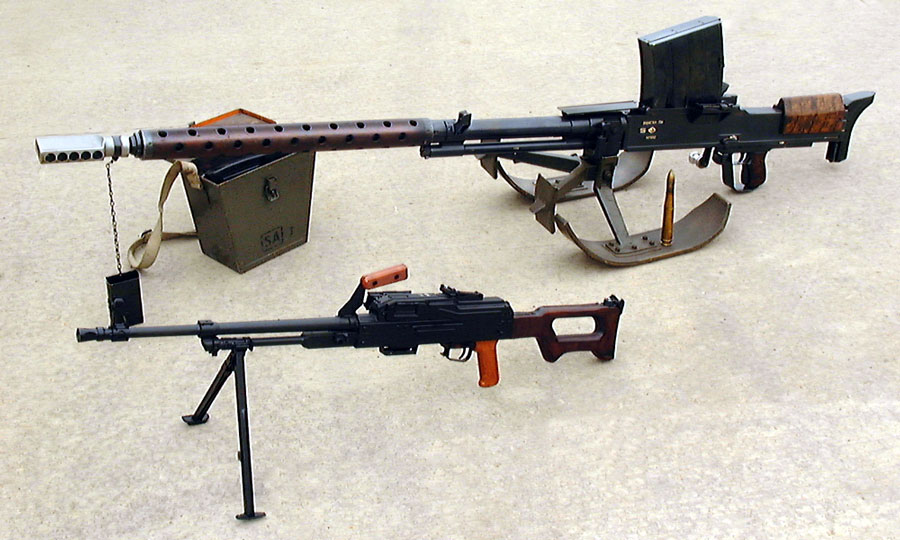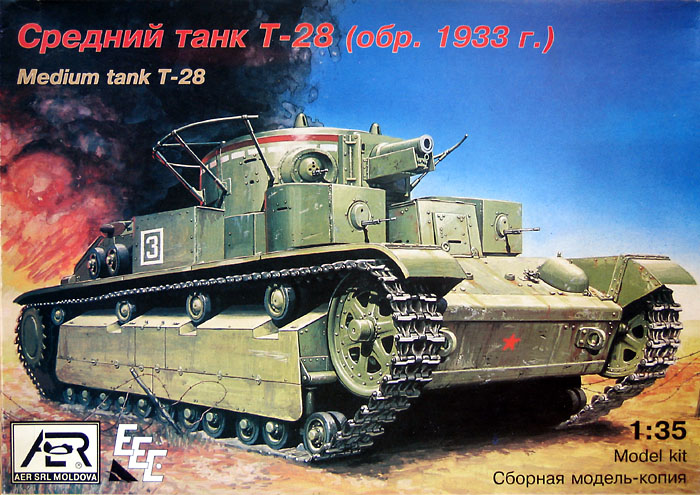Kun katsotaan panssarivaunujen tulivoimaa ja panssarointi vahvuutta, T-28 tankki oli toiseksi voimakakkain 1933 - 1940 vuosien aikana.
Neuvostoliiton T-35 oli tietysti tuohon aikaan kaikkein tuli voimaisin.
/t28_01.jpg)
Talvisodassa T-28 vaunuja käytettiin hyvin paljon Karjala Kannas taisteluiden aikana.
Syy oli lyhyt matka Leningradin tehtaalta suoraan rintamalle. 
Yli 200 vaunua vaurioitettiin pahasti mutta venäläiset onnistui hinata pois ja nämä tankit korjattiin uudelleen, osa näistä jopa viisi (5) eri kertaa ja palautettiin takaisin rintamalle, joten kokonaan tuhoutuneiden määrä jäi ehkä vain tämä alle sata (92).
 '
'T-28 oli vaunu johon suomalainen 20 mm pst kivääri tehosi hyvin.
Vuoden 1941 (jatkosota) suomella oli käytössä 2 kpl T-28 vaunua, ja 1944 taisteluiden alkaessa vaunuja oli käytössä kuusi (6) kpl.
Jatkosodan aikana 1941 - 1944 T-28 vaunuja vallattiin 14 kpl.

Suomella oli käytössä kaksi kaapattua T-28 vaunua talvisodan aikana
Kaksi (2) T-28 vaunua on säilynyt suomessa.

T-28E on Parola Panssarimuseo, toinen on ollut harjoitus maali panssari torjunta tykit ja saanut pahat vaurioit.
Kolmas T-28 panssarivaunu on säilynyt ja se on Moskovan panssarimuseossa.

Kesän 1941 taisteluissa käyttökelpoisia T-28 vaunuja oli Neuvostoliitolla 411 kpl.
Melkein kaikki vaunut tuhoutuivat 1941 saksan panssarivaunuja vastaan.
Kuitenkin on huomattava että T-28 vaunu oli saksan vaunuja vastaan ylivoimainen,
aseistuksen ja panssaroinnin osalta PzKpfw III ja PzKpfw -IV panssareihin verraten.
Saksan ylivoima johtui vaunujen käytöstä, joka oli niiden liikkuvuus ja johtaminen.
T-28 oli Neuvostoliiton kolmas yleisin panssarivaunu, T-35 ja KV vaunujen jälkeen.
The T–28 was in many ways similar to the British Vickers A1E1 Independent tank, which greatly influenced tank design in the period between the wars, even though only a single prototype of this trend‑setter was manufactured in 1926.
The Kirov Factory in Leningrad began manufacturing a tank that was based on the design of the British Independent in 1932.
The T–28 tank was officially approved on 11 August 1933. The T–28 had one large turret with a 76.2mm gun and two smaller turrets with 7.62mm machine guns.
A total of 503 T–28 tanks were manufactured over the eight-year period from 1933 to 1941.historyCombat
The T–28 was deployed dauring the Invsion of Poland and the Winter War against Finland. During the initial stages of the Winter War, the tank was used in direct fire missions against Finnish pillboxes.
In the course of these operations, it was found that the armour was inadequate and programs were initiated to upgrade it. Frontal plates were upgraded from 50 mm to 80 mm and side and rear plates to 40 mm thickness. With this up‑armoured version, the Red Army broke through the main Finnish defensive fortification, the Mannerheim Line.

According to Russian historian Maksim Kolomiets in his book T–28. Stalin's Three‑headed Monster, over 200 T–28s were knocked out during the Winter War, but only 20 of them were irrecoverable losses (including two captured by the Finnish Army). Due to the proximity of the Kirov Plant, all other knocked‑out tanks were repaired, some of them over five times.

T–28 tanks, with horseshoe radio antennas
The Finns nicknamed the T–28 Postivaunu ("mail coach" or "post train") after a lone Soviet T-28 tank commander was captured with his knocked out tank that carried the monthly salary of and mail addressed to the 91st Tank Battalion (this occurred 19–20 December 1939, during the battle of Summa).

The T-28 was also nicknamed Kivitalo ("stone building") by the Finns due to its large size
The Finns captured two T–28s during the Winter War and five in the Continuation War, for a total of 7 vehicles. The Finns did not have tractors that could tow away vehicles as heavy as the T-28, and so captured T-28s that could not move under their own power were stripped of anything useful (machine guns, radios etc.) and left where they were.

In the Winter War, the Red Army's 20th Tank Brigade, which was equipped with T-28s, fulfilled its mission to break the defensive Mannerheim Line despite heavy losses. As an infantry‑support tank, designed to support infantry in breakthrough operations, the T–28 generally was successful for an early 1930s design.
The Soviets had 411 T–28 tanks when the Germans invaded the Soviet Union in June 1941. (p108) A large majority of these were lost during the first two months of the invasion, many of them abandoned after mechanical breakdown. Some T–28s took part in the 1941 winter defence of Leningrad and Moscow, but after late 1941, they were rare in Red Army service; a few were operated by enemy forces.
Today, three T–28s remain, two in Finland and one in Moscow. One restored T–28 is on display in Finnish field camouflage in the Parola Tank Museum, Finland. A further wreck is stored at Parola, now awaiting restoration and a hull previously used as a bunker was discovered near St. Petersburg.




Ei kommentteja:
Lähetä kommentti
Any explosive ammunition or empty cores, you can put in this.